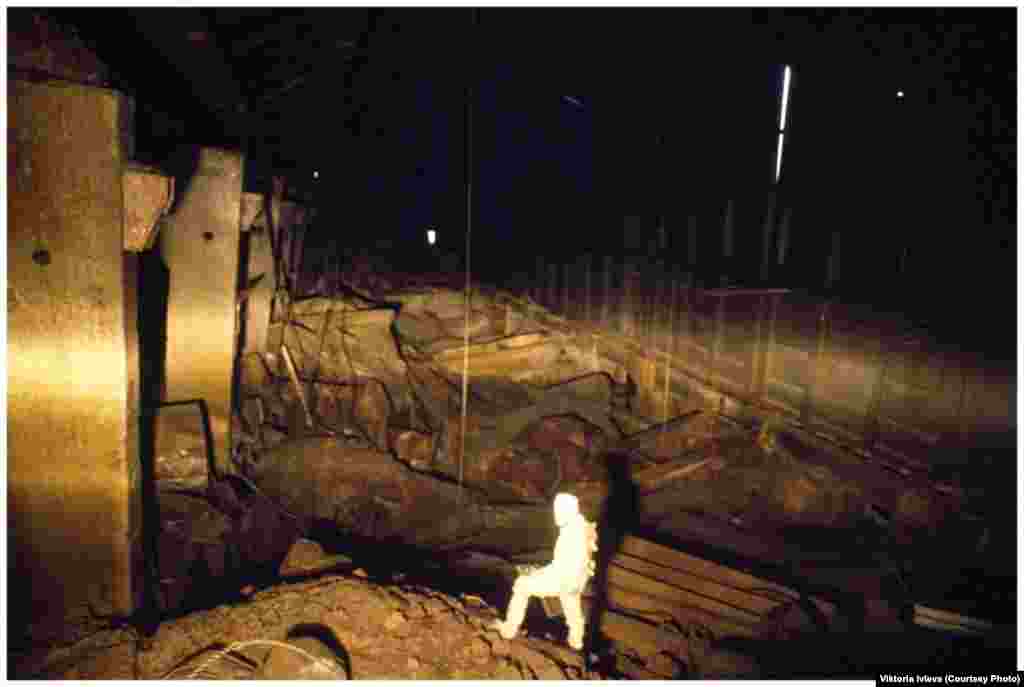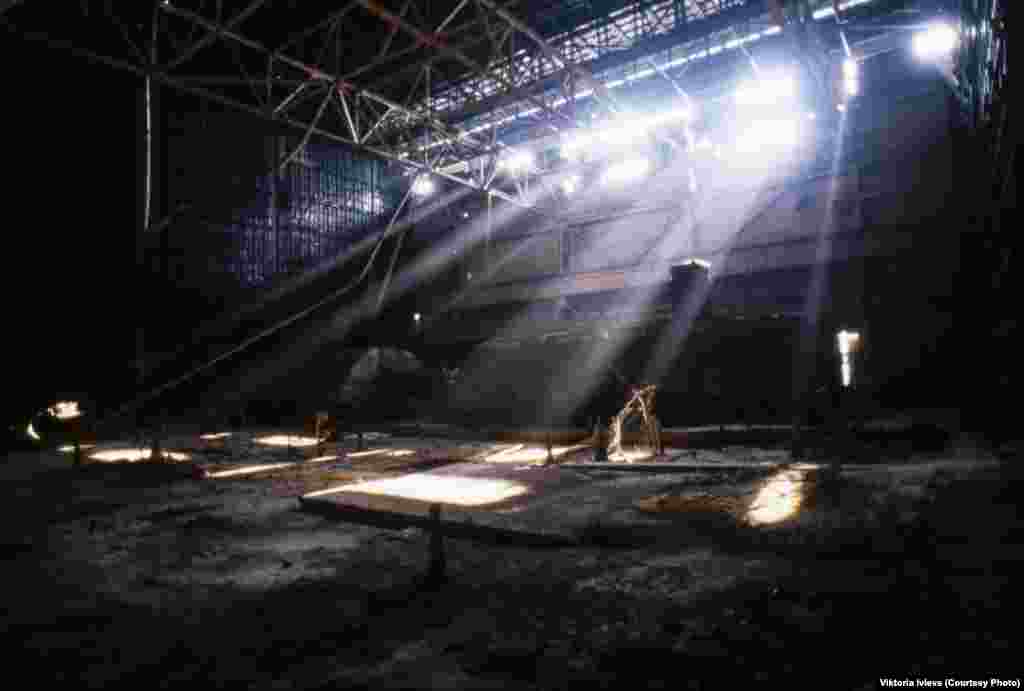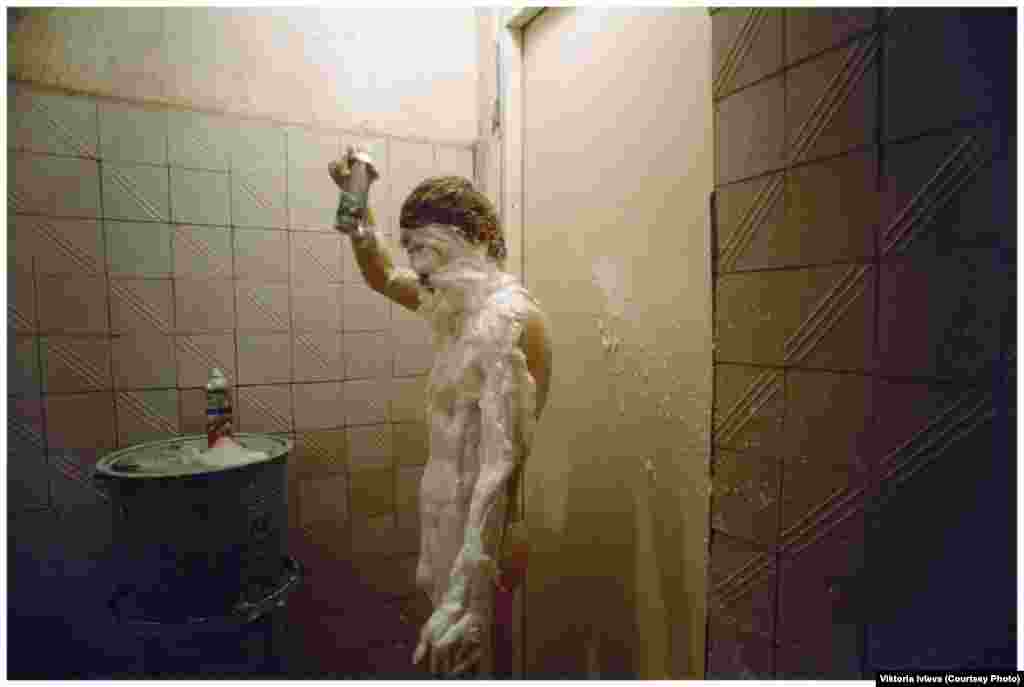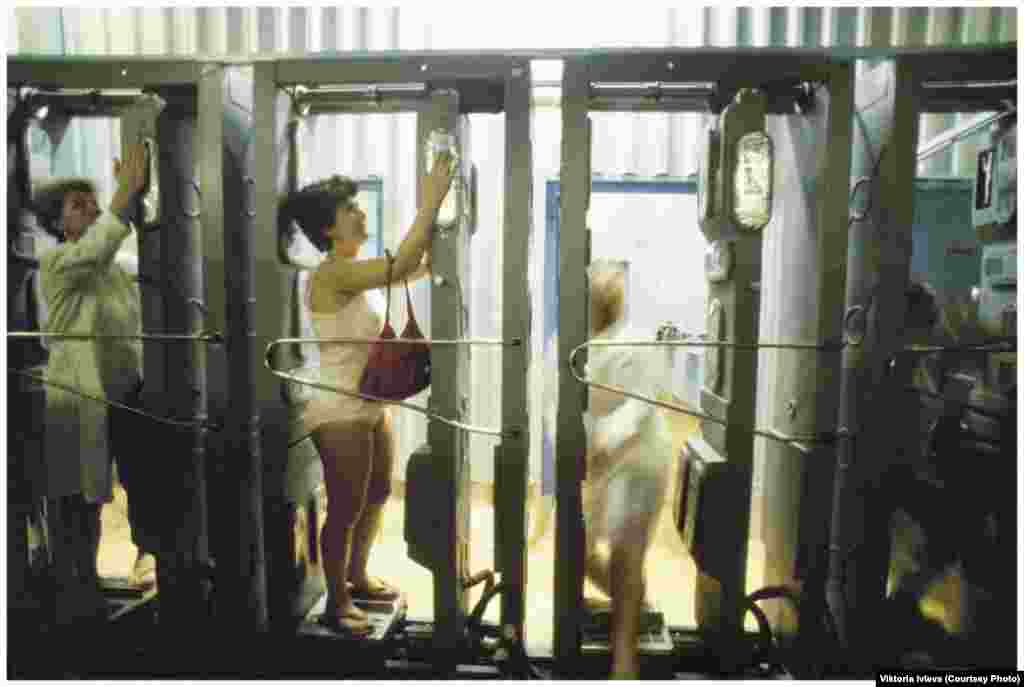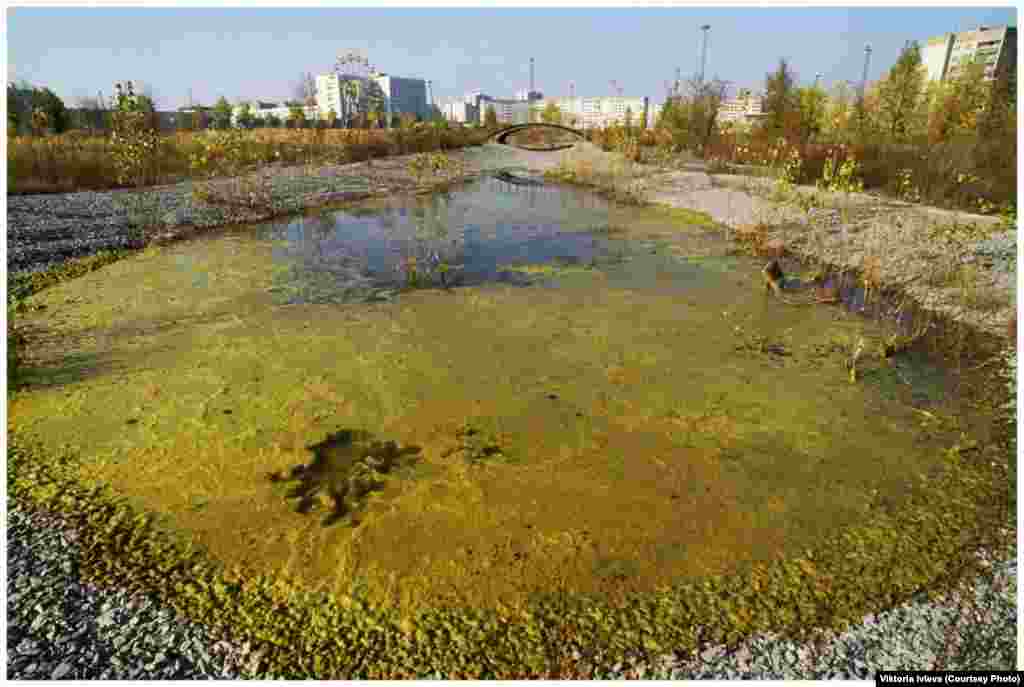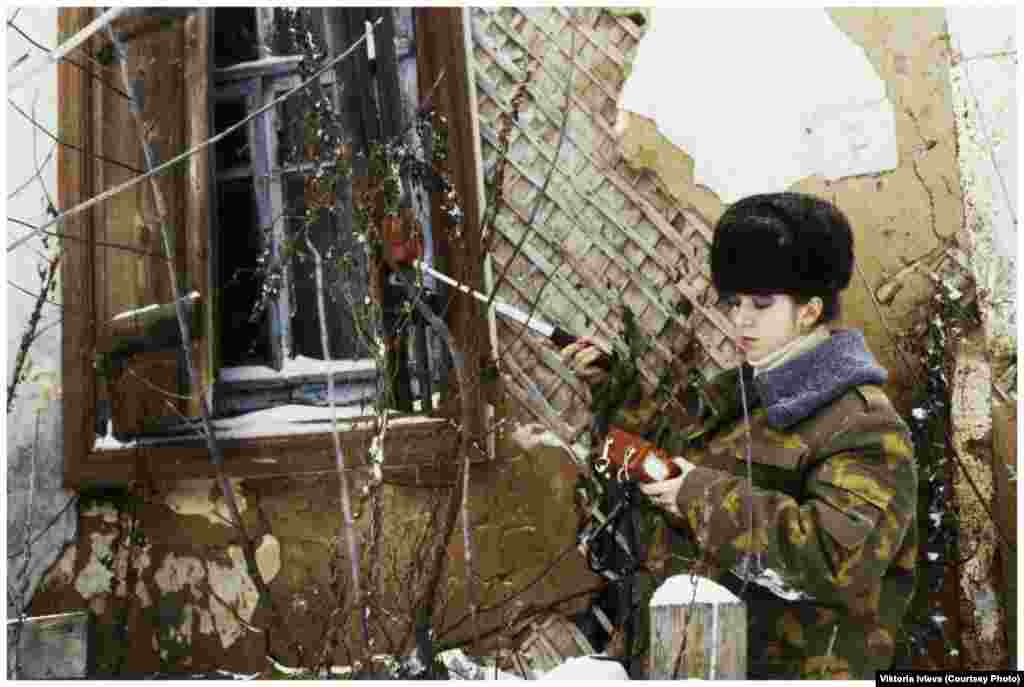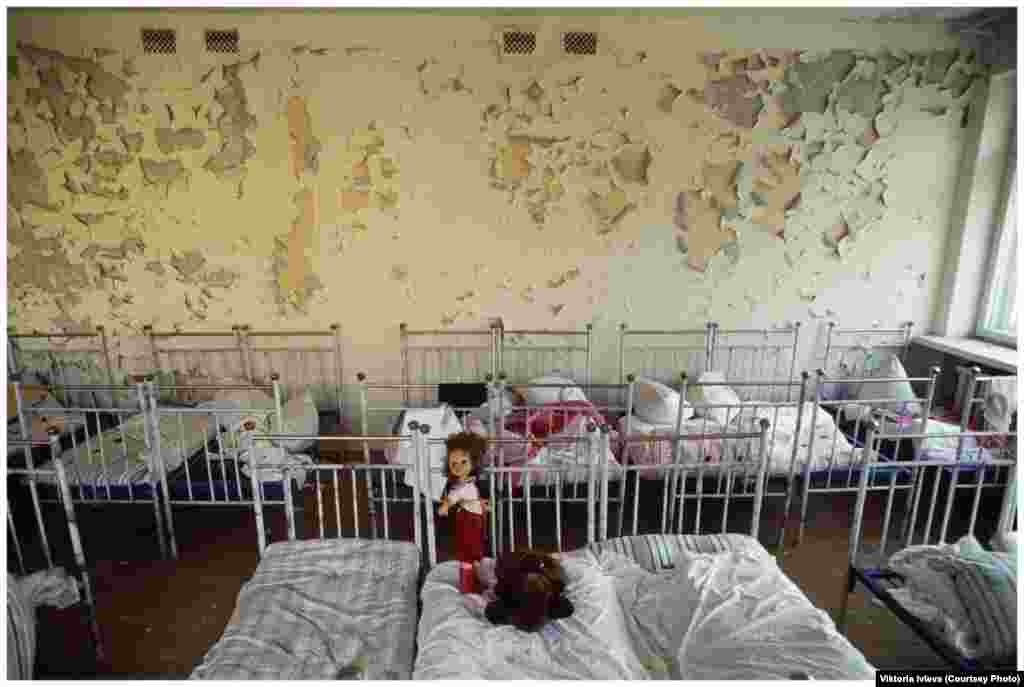Just days after the 1986 accident at the Chernobyl nuclear power plant in Soviet Ukraine, photographer and rights activist Viktoria Ivleva approached an elderly man sitting on a street bench in Kyiv. "Grandpa, why are you sitting here in the sun? Go home," she recalls warning the man. "And he answered me: 'My little one, we beat the Nazis. You don't think we can beat radiation?'"
Four years later, Ivleva became the first journalist known to have entered the fourth block of the reactor, where a deadly explosion and fire on April 26, 1986, triggered the world's worst civilian nuclear accident and sent a radioactive cloud drifting across the Soviet Union and Europe.
Ivleva, 60, reported from conflict zones in the 1980s and '90s, including the war between Armenia and Azerbaijan over the disputed Nagorno-Karabakh territory. More recently, she traveled across Ukraine in 2014 to document how ordinary people were affected by the escalating conflict between Kyiv and Moscow.
In an interview with RFE/RL's Belarus Service, Ivleva recalls below how she managed to sneak into the destroyed reactor with the help of some scientists in 1990 and discusses the eerie ambience there.
Four years later, Ivleva became the first journalist known to have entered the fourth block of the reactor, where a deadly explosion and fire on April 26, 1986, triggered the world's worst civilian nuclear accident and sent a radioactive cloud drifting across the Soviet Union and Europe.
Ivleva, 60, reported from conflict zones in the 1980s and '90s, including the war between Armenia and Azerbaijan over the disputed Nagorno-Karabakh territory. More recently, she traveled across Ukraine in 2014 to document how ordinary people were affected by the escalating conflict between Kyiv and Moscow.
In an interview with RFE/RL's Belarus Service, Ivleva recalls below how she managed to sneak into the destroyed reactor with the help of some scientists in 1990 and discusses the eerie ambience there.

![A destroyed machinery hall bears witness to the nuclear accident four years earlier. "I think Chernobyl played a very important role in the future of the Soviet Union," Ivleva says. "This tragedy greatly influenced [then-Soviet leader Mikhail] Gorbachev and his attitude toward the union." ](https://gdb.rferl.org/87904447-10ad-471d-89b1-75fb348653ae_w1024_q10_s.jpg)


